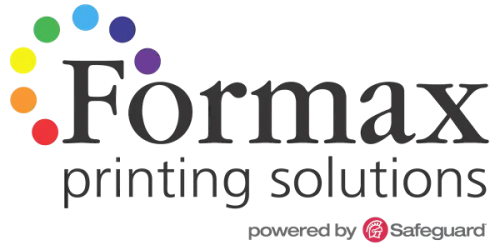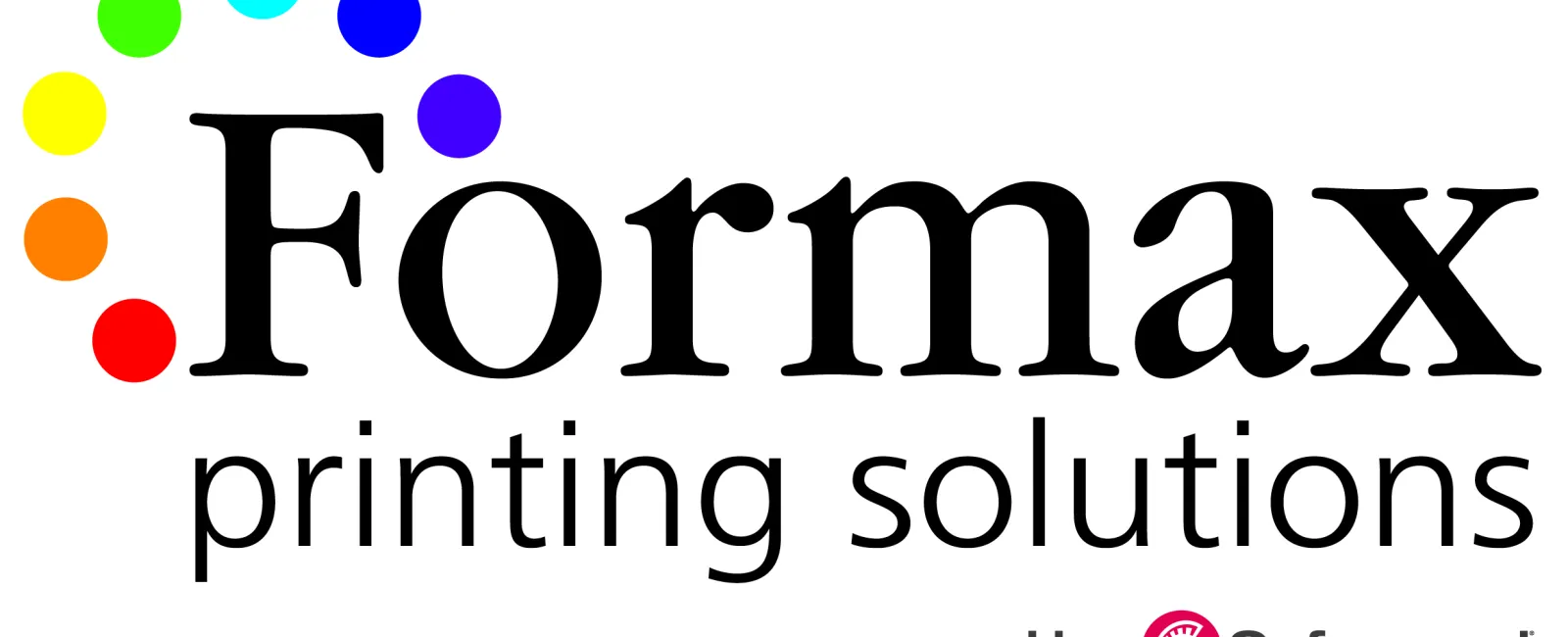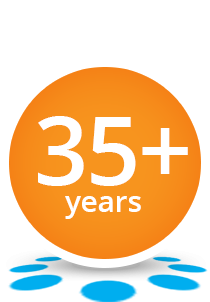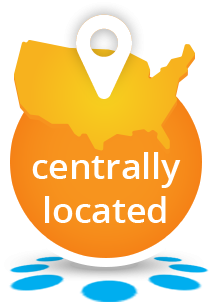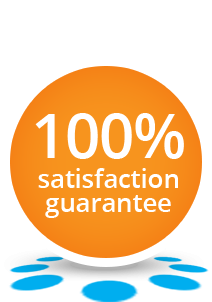Most consumer products come with some form of printed instructions, such as a user guide, assembly manual, product handbook, or similar bound document. These instructions provide logical, step-by-step procedures for assembling, installing, operating and/or maintaining the product.

If you have products or procedures that require printed instructions, you may be wondering about the absolute cheapest way to a create a professionally-printed instruction booklet. If so, this article is for you.
Below are the recommended specifications that will yield the lowest possible printing cost...
Binding Style: Saddle-StitchSaddle-Stitching is a very popular booklet binding method in which printed sheets are folded and gathered together one inside the other. The nested sheets are then stapled through the fold line with wire staples. The staples pass through the spine's folded crease from the outside and are clinched between the centermost pages.
Not only is Saddle-Stitching the cheapest binding style, it is perfect for binding booklets because it works so well with lower page counts.
Cover Option: Self-Cover
The majority of books and booklets have a cover made from a heavier weight of paper than that used for the interior pages. However, when striving for the lowest cost, the "Self-Cover" option is recommended. A self-cover booklet means that the paper used for the cover is the exact same paper used for the interior pages.
Foregoing a heavier weight of paper for the cover saves money two ways. First, a lighter weight of paper is less expensive than its heavier counterpart. Second, the entire booklet can be produced in a single production run instead of two separate press runs for the pages and cover.
Finished Size: 8.5" x 11" or 5.5" x 8.5"
As mentioned, a saddle-stitched booklet is created from folded sheets of paper. A booklet with a finished size of 8.5" x 11" is created from 11" x 17" sheets that have been folded in half. Likewise, a saddle-stitched booklet with a finished size of 5.5" x 8.5" is created from 8.5" x 11" sheets that have been folded in half.
In the United States, 11" x 17" and 8.5" x 11" are standard sheet sizes. These are readily available pre-cut sizes and therefore do not have to be trimmed down from a larger parent sheet. Hence, standard size sheets are the most cost-effective choice from which to create a booklet.
On a related note, printed booklets are also more economical if the artwork on the cover and pages does not bleed. A bleed means that the ink printed on the paper extends all the way to one or more edges of the sheet. This requires that the paper be trimmed slightly along any edge that bleeds. Since trimming involves an extra step during production, it adds to the cost of the booklets. Hence, avoid using bleeds in your booklet's artwork to keep the cost to a minimum. For a further explanation of the bleed concept, click here.
Ink Color: Black
In the print industry, black ink is used more than any other individual ink color. It provides excellent contrast against a light background, making it particularly well-suited for instruction booklets that require clear explanations.
Black ink sounds simplistic but it is actually quite versatile. It can be used at high concentrations for text and line-drawings, but can also be used in varying concentrations to create photos, diagrams or other images in grayscale.
As you have likely surmised, booklets printed entirely in black and/or grayscale are more budget-friendly than those printed in full color. That said, even though black and grayscale printing is devoid of color and inexpensive, it still produces high-resolution printing.
Paper: White 20# Bond or White 50# Offset
White is the most common and widely-available paper color because it provides the best contrast for all ink colors, particularly black ink. Because it is so prevalent, plain white paper is also the cheapest.
Regarding the type of paper, 20# Bond or 50# Offset are two of the most common paper stocks in the printing industry. Often used interchangeably, either is a great choice for attaining the lowest paper cost for your booklet project.
Whatever type of instruction booklet you may need, Formax has the options to help reduce your printing costs. Just give us a call at 866-367-6221. Or, submit our quote request form. As always, we look forward to assisting with your next print project!
Take care! Rick
